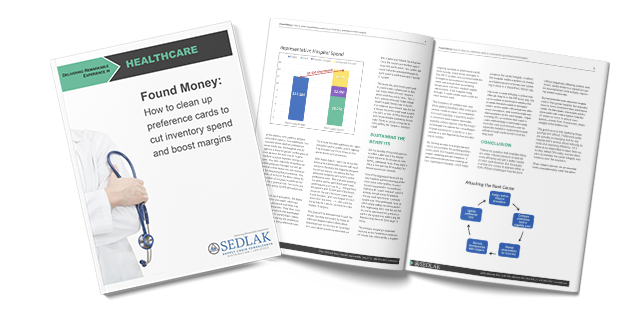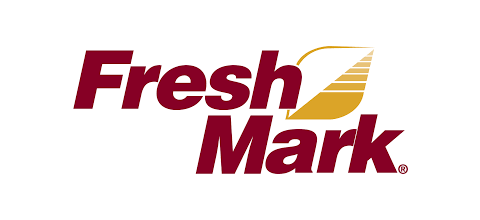Sedlak
Inventory Planning & Optimization
We are passionate about helping you solve your toughest inventory challenges
A Holistic Approach to Inventory Management in Supply Chain
Sedlak employs proven methods and tools to enable industry goals of “right product, right place, right time” requirements while minimizing costs. Our experts enable clients to develop strategies and soften the impacts of unpredictable demand, supply shortages and lead times, as well as improve inventory flow (“push” vs. “pull”).
We enable clients to balance inventory investment and desired service levels and utilize warehouse management system (WMS) capabilities to improve planning performance and tracking accuracy. Our analysts have the expertise to determine the ideal flow of products, best stocking levels and locations and overall supply chain enhancement.
Inventory Planning and Optimization Services
- Inventory opportunity assessments
- Service level policy development and management
- Forecasting and demand planning
- Right-sizing initiatives
- Inventory accuracy and systems utilization process improvements
- Deployment planning
- OS&D reconciliation and disposition
- Management tool selection and implementation
- Inventory Channel Deployment Strategy (e.g. Retail, Ecommerce, Wholesale, etc.)
- Customer SKU Velocity Analysis as it pertains to which SKUs to carry at each facility
- Inventory Holding and Replenishment Strategy (e.g. all active Vs. conventional reserve, residual Vs traditional replenishment, etc.)
- Inventory level and facility(s) rightsizing initiatives
Blog
With the uncertainty of how the tariffs will impact your business, it is critical to implement a mitigation strategy. Regardless of the results of the tariff negotiations, the following actions can position your supply chain for success.
Summary: The session focused on enhancing competitive advantage through effective supply chain design, featuring insights from Sedlak Management Consultants and Optilogic. Lou Cerny, Vice President, welcomed participants to Sedlak’s fifth annual Lunch and Learn series.
Whether you have a single distribution facility or multiple facilities in your network, supply chain rationalization and modeling provide significant insight and identify opportunities to optimize your supply chain and customer service. Today’s robust modeling software can process the large data files required to develop a baseline, down to the SKU-level, and then run the […]

White Paper
Found Money: How to Clean Up Preference Cards to Cut Inventory Spend and Boost Margins
Heightened cost pressures continue to force hospitals to look for ways to reduce wasted spend. In fact, in a recent survey, hospital executives said finding cost savings to meet their current-year objectives is one of their top challenges. In this whitepaper, we explore how the supply chain—more specifically, inventory and order management processes—is a natural place to look for savings.
Download White Paper


